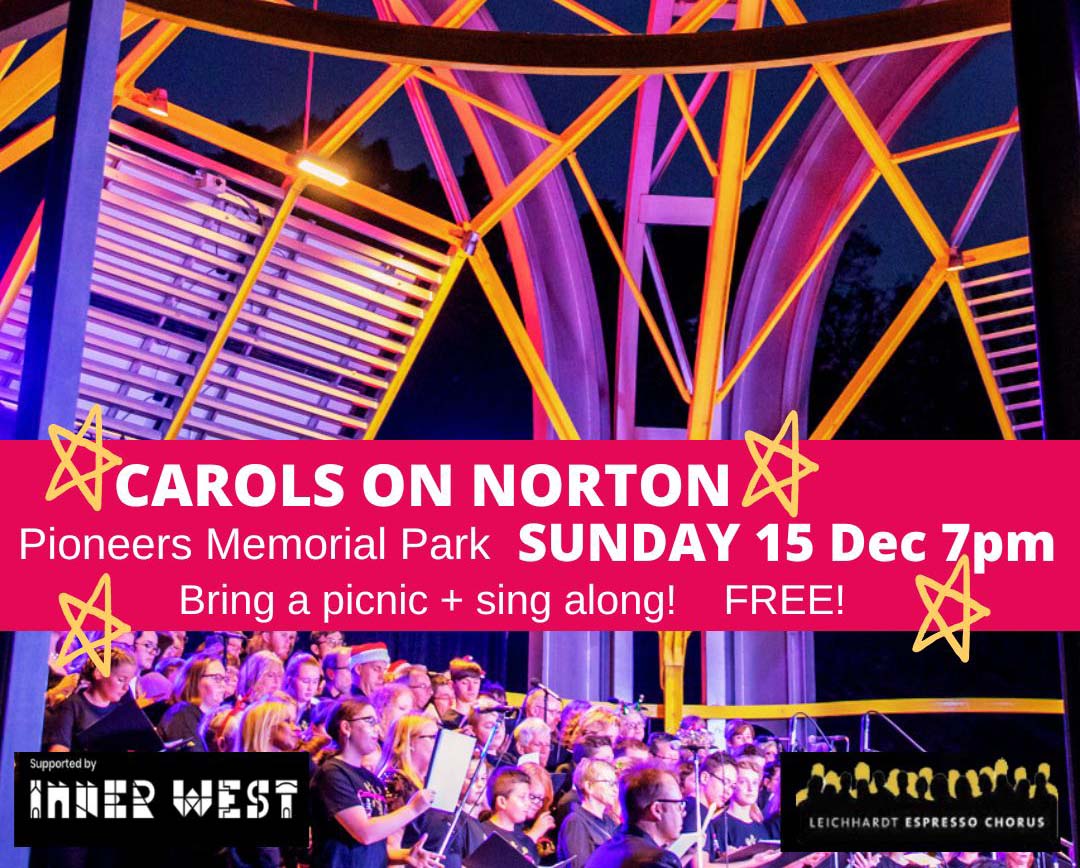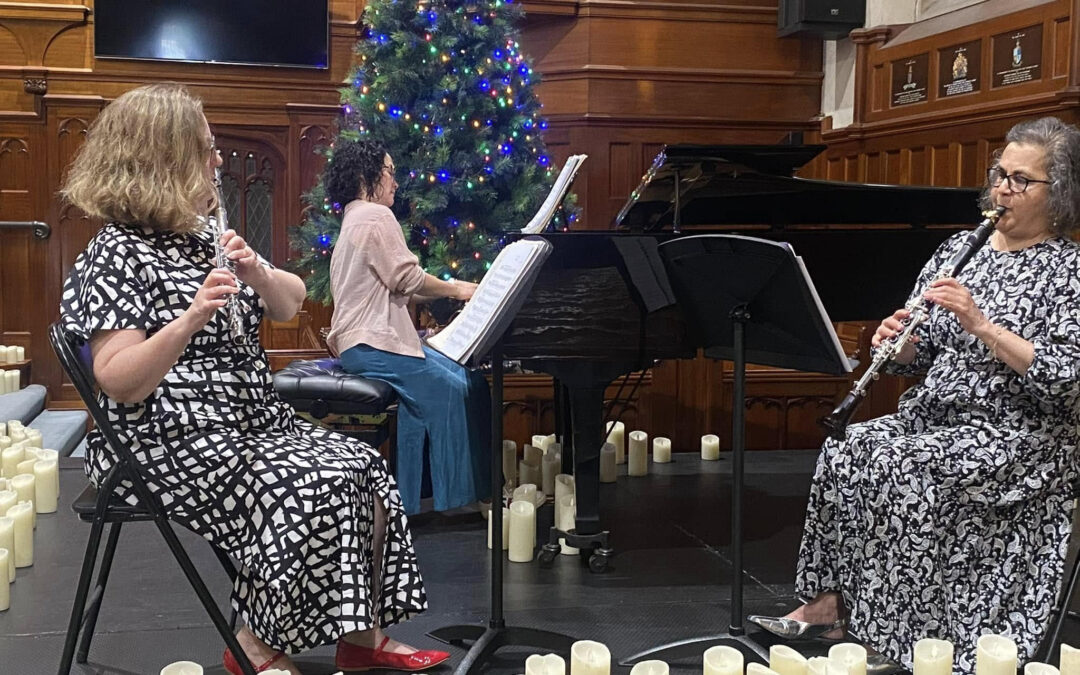There was quite a buzz at the Sydney Conservatorium for the much anticipated first performance of the Verbrugghen Ensemble; its new ensemble in residence. Under the direction of John Lynch, the American conductor who recently joined the conducting staff, the ensemble is made up of some very eminent instrumentalists including principals of the Sydney Symphony Orchestra and senior staff of the Con. Expectations were high.
Today Aaron Copland’s Suite from Appalachian Spring is best known in its full orchestral version, though it was originally written under the title Ballet for Martha for the chamber configuration presented at this concert. Our aural expectations cannot help but be influenced by the familiar orchestral version, so I was curious to see how the chamber version fared.
From the very first delicate pianissimo notes in the strings, it was clear that this performance would have musical intensity. The expressive and light introduction achieved huge contrast with the first allegro section. In fact, contrast was the order of the day; every aspect of the music was well considered. For example, it is possible to perform the Shaker hymn tune “Simple Gifts” in a trite manner. But there was not a hint of a sing-along here as the contrapuntal nature of the other instruments was given well considered expression and weight within the texture. The musical interest was ever in the fore. Nothing was tossed off.
There are many other cultural references in this work; the original ballet tells of a Pennsylvanian country wedding, and this is well suited to the chamber character of the scoring. However the grandeur of nature is also present as the title implies, and the chamber rendition here worked well too. Full consideration was given to intonation and limiting the use of vibrato to achieve expansive sound.
Was the result musically satisfying? Without a doubt. From languid serenity to passionate intensity, this performance was arresting. My only slight reservation was in the choice of a quintessentially American work for the debut of this important ensemble. Considering the 100th anniversary of the Con, it might have been more appropriate to choose an Australian work than an American one. But that was John Lynch’s call.
The second work on the program, Mahler’s Symphony No 4 in a chamber arrangement by Erwin Stein, was played as if written for chamber ensemble. There was never a sense that they were trying to replicate full orchestral sound. In the Copland there were several string instruments to each part; here there was only one. However, the interpretation made full use of the agility that one instrument per part affords.
Again great thought was given to tone colour. Haveron on the first violin even swapped instruments mid stream when a warmer, less bright tone was required. Balance was constantly in focus. One section where the pizzicato double bass was doubled with the left had of the piano comes to mind. It sounded like a single instrument. This was no easy thing, involving close attention to timing, dynamics and articulation.
The piano blended well; functioning more like a tuned percussion instrument than a harp. The choice of harmonium in the arrangement was interesting too. It was played frequently and, although barely audible, served to fill out the string texture.
Musicians are often asked to approach the performance of a work with freshness, as if this piece has never been played before. This chamber arrangement gives the fullest rewards to the listener if they approach it like that too, as if this is the first time they have ever heard the piece. In this instance that means leaving behind preconceived ideas of a full orchestral sound. Many sections of the Mahler work well with a kind of palm court orchestra sound and it makes for an interesting revision of the work.
With Mahler, architectural structure is often backgrounded and the musical focus is on moments of beauty. The ensemble achieved these moments in abundance. Their interpretation goes for intensity rather than strength and this worked well in the chamber setting.
In the final movement too there were beautiful moments in the soprano part, ably sung by Narelle Yeo. She kept a good legato line and did not let the German consonants get in the way of the sound. Especially in the final verse, the maiden’s dance, she achieved a warm liquid tone.
The lack of overpowering volume of a full orchestra was never an issue in this performance. With thanks to the intensity, focus and commitment of the musicians it was a most rewarding debut concert.
Review for:
![]() Verbrugghen Ensemble | 26 April 2016 | Sydney Conservatorium of Music
Verbrugghen Ensemble | 26 April 2016 | Sydney Conservatorium of Music![]()




























